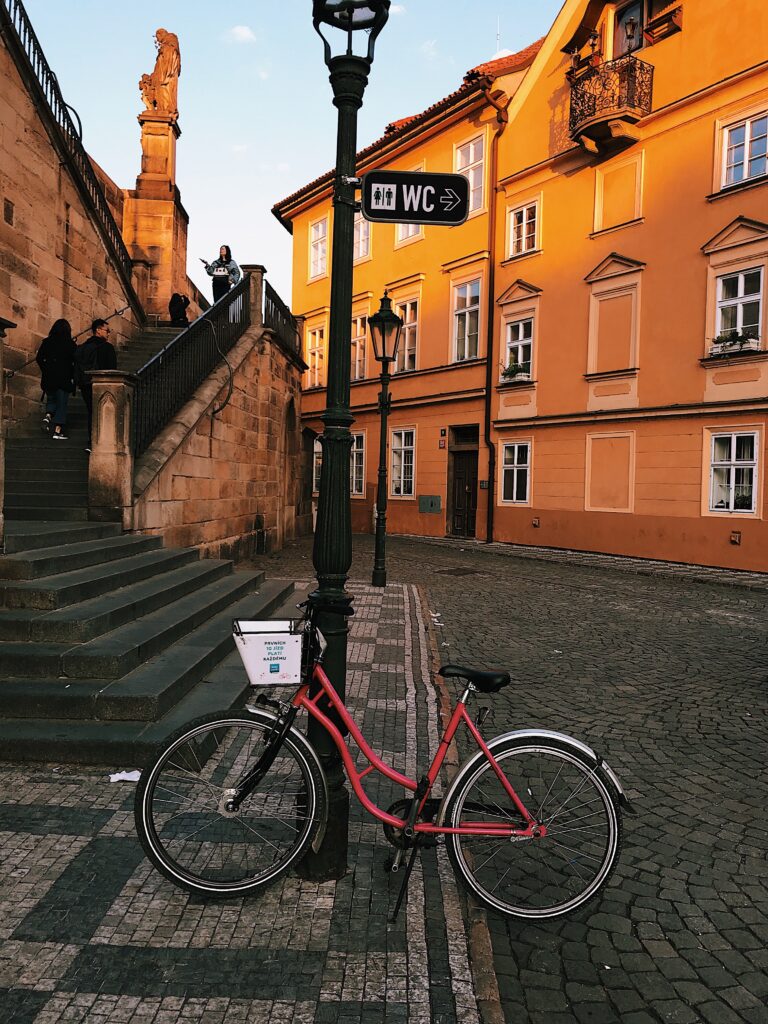Many travelers plan their trips abroad during the peak or busy seasons of summer and winter. This is especially true for family travel that has to accommodate rigid school break schedules. It’s great for those much needed vacations of water skiing and snow boarding, but just because the seasons end does not mean that adventure seekers need to pack up those passports. Why? That little known period in between the great travel months, known as shoulder season, has become one of the best and most economical times of the year to travel.
Peak season travel commonly equates to travel delays, higher priced flights, accommodations and longer waits in lines. Traveling abroad during the summer or winter holidays may cost more and ultimately cause travelers to miss out on unique getaways and less crowded destinations.
One way to reduce these issues during travel is to opt to visit destinations during shoulder season. This is the time period between a destination’s peak tourist season and off season, which is described as a downward dip (and metaphorically, from your head to your shoulder) in travel and tourism. The season varies widely, depending on the region, and can span from weeks to months. Typically, the months most associated with shoulder season are March through April and then later in the year, September through October.
Here are 6 reasons why shoulder season is the best time period for travel.
Less Closures During Shoulder Season

Keep in mind that shoulder season is not like the offseason. During offseason, sometimes popular attractions close their doors because demand is too low to justify overhead expenses like daily or weekly maintenance and associated labor costs. This means that tourists choosing to travel during the offseason are essentially playing Russian roulette with their financial investment.
By contrast, the shoulder season is when traffic is still bustling enough to be relevant for the tourism industry and associated businesses, but not so busy as to be part of the mad crush of high season. This is ideal for travelers since people can often take advantage of minimal waits, wide-open reservations, and even a few deals. Since businesses know that traffic is starting to slow, many operators will offer discounts or bundled excursions to “sweeten the deal” and encourage bookings.
More Choices for Those with Flexible Schedules

Shoulder seasons vary around the world and are usually linked to the weather. For example in more popular Caribbean destinations like the Dominican Republic or Jamaica, shoulder season runs between peak travel dates like spring and winter break or summer vacation. So, choosing a post-Labor Day vacation, early January getaway, or an early May trip can net more benefits.
This is especially ideal for travelers that aren’t bound by school schedules — that by default force them to travel during the busiest times of the year. So, solo travelers, friend groups, couples, and even retirees can all take advantage of a wide open schedule and only have to worry about getting time off from work.
The Weather Is Better During Shoulder Season

Although the summer season is best for tropical vacations and travelers who prefer the heat over the cold, there are also perks to traveling during the shoulder season. After the month of October, some vacation destinations become a great deal cooler in temperature (destinations like Europe). Opting to travel during this time, around fall, is ideal for those who want to avoid the craziness and smoldering heat of summer.
Shoulder Season Means Less Tourists and More Locals

During times when crowds are high, like June through August for the United States and all over Europe, travelers will notice that heavy tourism areas are filled with — well, lots of tourists. In the shoulder season though, because it is technically an in-between point of peak and off-seasons, travelers will experience less delays and an overall less bustling environment since the volume of people is lower. With locals being the highest population, cultural hubs flourish and visitors can enjoy the destination more freely.
More Open Availability for Activities and Reservations

No more waiting in extremely long lines or dealing with months of booked up excursions. Since the shoulder season gets less attention from travelers and tourists, expect plenty of options in things to do during your visit. While having a travel agent or coach will help with this aspect of travel, being selective about when you travel is important. Travelers may even notice deals and packages for tourist activities during the shoulder season that are meant to increase volume to the area during the downward dip.
Most Important: Shoulder Season Equals Affordable Prices

The prices of flights and accommodations during shoulder season is a great perk. Budget conscious travelers can book trips during this time with an estimated 20 percent decrease in domestic flights and 15 percent decrease in international flights. As temperatures fall, so do prices, so fall has become the new, best season for affordable travel.
Where to Go During the Shoulder Season
Again, travelers need to research and confirm the ideal shoulder season for their intended destinations. Every destination’s mid-season may be different and might be interrupted by local holidays — like South Korea’s floating mid-autumn holiday, Chuseok which causes flight and hotel prices to temporarily skyrocket for the three-day event.
But in truth, there’s no limit to where a reservation or passport can take tourists if their schedules align. From Caribbean destinations like Anguilla in November to North African locales like Morocco and Egypt in the spring and fall, there’s nowhere travelers can’t go…as long as they book during the shoulder seasons.





